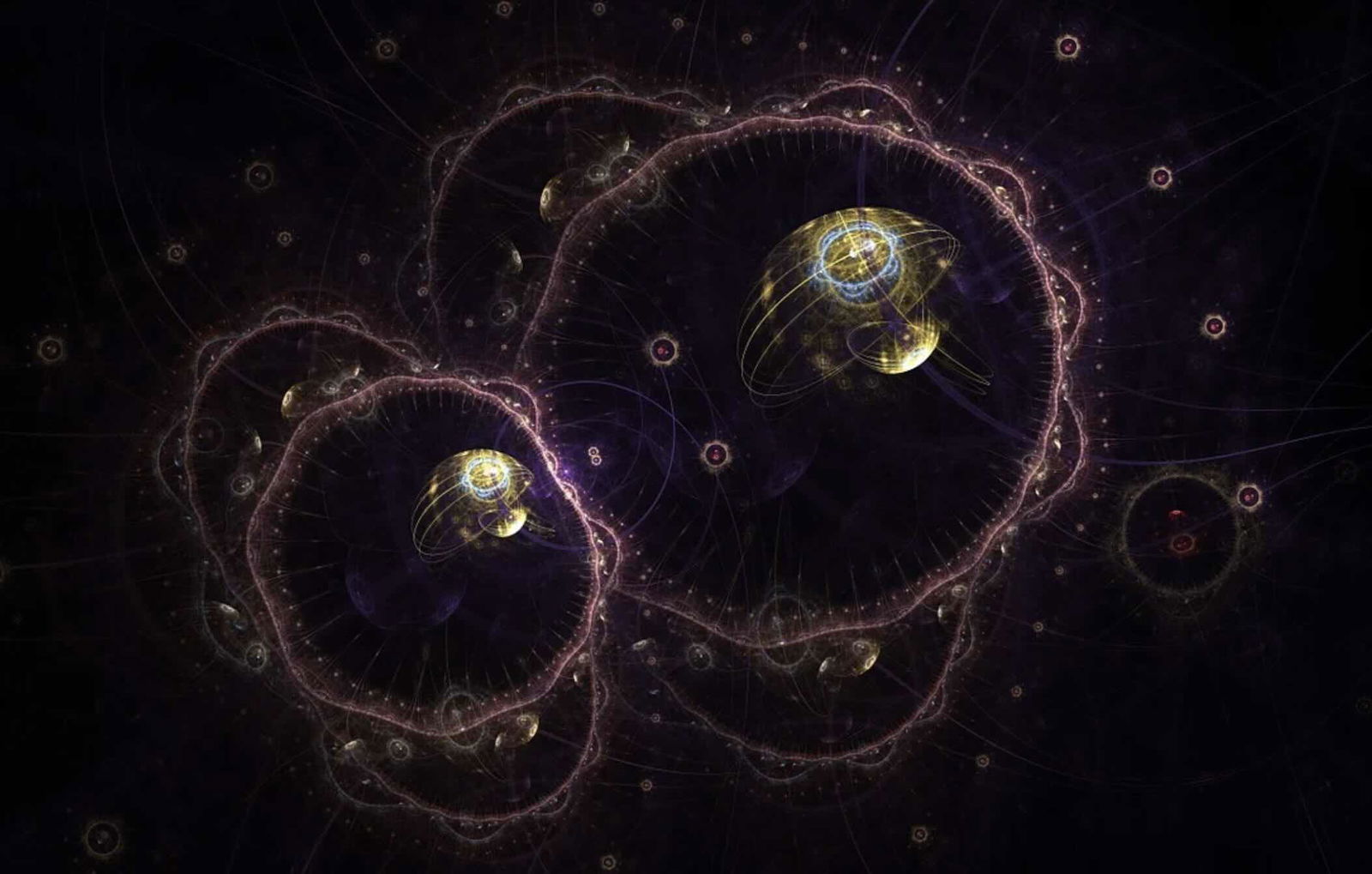In the quest for more efficient solar cells and cutting-edge technologies like LEDs and detectors, scientists have long sought to understand the invisible forces inside these advanced materials that could optimize their performance.
Now, an international research team led by the University of Göttingen has made a discovery that could significantly enhance these technologies’ efficiency. Their work, recently published in Nature Photonics, reveals a new method to track the behavior of “dark excitons,” elusive particles that carry energy but do not emit light.
“This technique can be used not only for these specially designed systems but also for research into new types of materials,” Dr. Marcel Reutzel, one of the study’s researchers, said.
What Are Dark Excitons?
While the idea of a dark exciton may sound like something out of science fiction, their existence has been studied for many decades by physicists worldwide. Dark excitons are particles formed when an electron in a material absorbs energy and jumps to a higher energy level, leaving behind a “hole” in its previous spot. The electron and the hole are attracted to each other by an electrostatic force called the Coulomb interaction and move together as a unit.
What makes it dark is that, unlike bright excitons (which emit light when the electron recombines with the hole), dark excitons don’t emit light because of specific rules in quantum mechanics, like restrictions on spin or momentum. This makes them difficult to detect using regular optical methods.
Even though they’re invisible, these dark excitons are crucial because they transport energy within materials, particularly in ultra-thin, two-dimensional semiconductor compounds. Their elusive nature has made them extremely difficult to observe—until now.
Tracking Dark Excitons
The research team, led by Professor Stefan Mathias from Göttingen’s Faculty of Physics, has developed a cutting-edge method called “Ultrafast Dark-field Momentum Microscopy.” This technique allows scientists to visualize the formation and behavior of dark excitons with unprecedented precision.
Traditional microscopy often struggles to detect dark excitons because they don’t emit light. To overcome this, the researchers used a dark-field technique, which blocks direct light and only captures scattered light. This enhances the visibility of subtle changes in the material caused by the excitons, making them easier to track.
The experts’ new method also uses ultrafast laser pulses to excite the material and create dark excitons. These laser pulses last only femtoseconds (one quadrillionth of a second), allowing researchers to capture the exact moment these excitons form and observe how they behave in real time. Additionally, the researchers used momentum microscopy to map the movement and energy of particles within the material. By analyzing the dark excitons’ momentum (direction and speed), scientists can understand how energy flows through the material on a microscopic level.
Using this method, the team observed how dark excitons form in a special combination of materials—tungsten diselenide (WSe₂) and molybdenum disulphide (MoS₂).
Remarkably, they found that these excitons form in just 55 femtoseconds or 0.000000000000055 seconds. To put that into perspective, it’s a timescale so short that light itself travels only a tiny fraction of a millimeter in that duration.
The team also achieved an incredibly fine spatial resolution of 480 nanometers (about 1/200th the width of a human hair).
Creating Advanced Materials
This discovery could pave the way for advancements across various technologies beyond solar cells, as charge carriers are found in every electronic device, from batteries to GPS systems. By mapping how dark excitons interact within different materials, researchers can fine-tune the design of semiconductors to optimize energy transfer and reduce energy loss.
For instance, solar cells capture more sunlight and convert it into electricity more efficiently. In LEDs, this could lead to brighter, longer-lasting lights that use less power. Even in emerging technologies like quantum computing, understanding dark exciton dynamics could help develop faster and more stable devices by controlling how energy moves at the quantum level.
“This method enabled us to measure the dynamics of charge carriers very precisely,” Dr. David Schmitt, the study’s first author, said in a recent statement. “The results provide a fundamental insight into how the properties of the sample influence the movement of the charge carriers.”
The ability to manipulate these invisible energy carriers could also create entirely new materials with custom-designed electronic properties. The possibilities are vast and could revolutionize how we harness and use energy in the future.
Kenna Hughes-Castleberry is the Science Communicator at JILA (a world-leading physics research institute) and a science writer at The Debrief. Follow and connect with her on BlueSky or contact her via email at kenna@thedebrief.org

